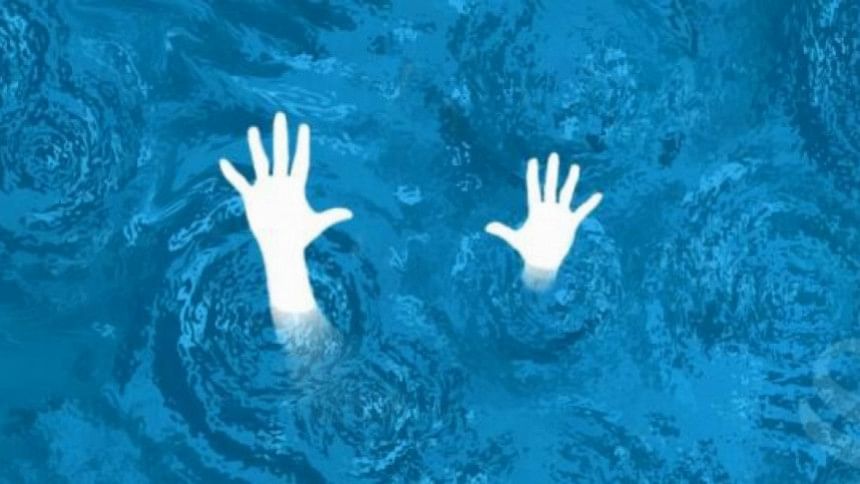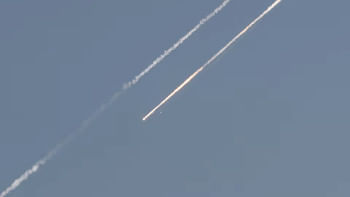Drownings in Cox's Bazar beach expose gaps in safety measures

A shocking video recently went viral on social media, showing a tourist struggling to rescue his son from drowning in the sea opposite the Sayeman Beach Resort in Cox's Bazar's Kolatoli area.
The man, Shahinur Rahman, 60, entered the water—where the tide had already risen above his head—in a desperate attempt to save his 20-year-old son Sifat.
As the two struggled against strong waves, a jet ski operator attempted several times to rescue them but failed.
About five minutes later, lifeguards from the Sea Safe project, stationed at a nearby watchtower, managed to pull them out and rushed them to Cox's Bazar Sadar Hospital, located about three kilometres away.
Imtiaz Ahmed, manager of the Sea Safe Lifeguard Project under the Centre for Injury Prevention and Research, Bangladesh (CIPRB), said both father and son, residents of Rajshahi, were rescued in critical condition.
"Doctors declared both dead after they were brought in," he said.
Imtiaz added, "We need power equipment like jet skis and beach bikes to reach drowning spots quickly. In this case, it took five minutes to reach the victims, and every second counts in a drowning emergency. There is also no medical centre along the beach to provide immediate first aid."
He said the jet ski operator was unable to save the man due to strong waves, instability, and a lack of rescue training.
Six people drowned in the sea along the Cox's Bazar beach during the last Eid-ul-Azha vacation alone, and eight since July 2024.
Since the Sea Safe project began in 2015, 60 people have drowned while 791 have been rescued, according to Imtiaz.
Cox's Bazar is the country's most popular tourist destination, drawing hundreds of thousands of holidaymakers on weekends and holidays.
Tourists come year-round to enjoy the scenic beach, contributing several thousand crore takas to the local tourism economy.
The district administration also earns significant revenue from taxes and licensing for vendors, beach tents, photographers, beach bikes, jet skis, beach chairs, horse rides, and other services.
Despite this, their role in rescuing drowning victims is almost nonexistent.
Md Shohidul Alam, additional district magistrate (ADM) of Cox's Bazar and member secretary of the Beach Management Committee, said beach guards are deployed to monitor the coastline.
"Magistrates also patrol during peak seasons," he said.
However, he could not specify what role, if any, they play in rescue operations or how much revenue the Beach Management Committee earns from beach-related businesses.
"We've held several meetings with stakeholders to address drowning prevention," he added. "Initiatives will be taken soon."
Imtiaz warned that the Cox's Bazar beach has become increasingly risky due to hidden ditches and strong rip currents.
"We have only 27 lifeguards, working in two shifts, equipped with just buoys and surfboards.
It's extremely difficult to ensure the safety of a vast number of tourists with such limited manpower and basic tools," he said.
Abul Kashem Shikdar, president of the Hotel, Motel and Guesthouse Owners' Association, said thousands of crores are earned from tourism in Cox's Bazar, yet drowning prevention measures remain inadequate.
Abu Sadik, a tourist from Dhaka's Dhanmondi, echoed the concern, "Beach safety must be modern and effective to prevent such tragedies."

 For all latest news, follow The Daily Star's Google News channel.
For all latest news, follow The Daily Star's Google News channel. 



Comments